Xi’an, the capital of Shaanxi Province, is a historic city in central China. Known as Chang’an in ancient times, it has over 3,100 years of history and was the capital of 13 imperial dynasties. Xi’an is famous for the Terracotta Warriors, an army of statues buried with China’s first emperor. The city served as the eastern terminus of the Silk Road, facilitating cultural and commercial exchanges. Modern Xi’an is a bustling metropolis with a population of nearly 13 million and is an educational, cultural, and industrial hub.
Below are the top 10 attractions in Xi’an, each accompanied by a detailed description, highlights, and tips on how to get there.
1. Terracotta Warriors and Horses Museum
The Terracotta Warriors and Horses Museum is one of the most significant archaeological discoveries of the 20th century. The site was discovered in 1974 by local farmers and has since been unearthed to reveal thousands of life-sized terracotta soldiers, horses, and chariots. These figures are aligned in battle formation and were intended to protect Emperor Qin Shi Huang in the afterlife. Each soldier has a distinct facial expression and is dressed according to rank, demonstrating remarkable craftsmanship and attention to detail.
Highlight:
- The museum consists of three pits, with Pit 1 being the largest and most impressive.
- The Bronze Chariots exhibit showcases two bronze chariots unearthed near the emperor’s mausoleum.
How to Get There:
- The museum is located about 40 kilometers (25 miles) northeast of Xi’an.
- You can take bus no. 306 from the Xi’an Railway Station, which takes around an hour.
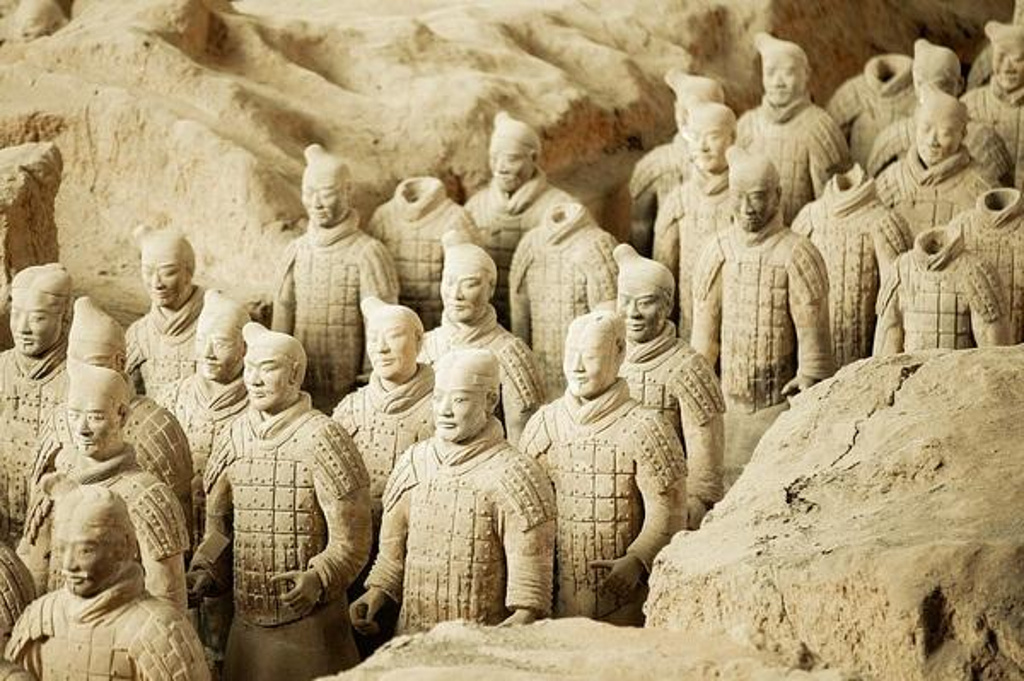
2. Xi’an City Wall
The Xi’an City Wall is one of the oldest and best-preserved city walls in China. Built during the Ming Dynasty, this imposing structure stretches approximately 13.7 kilometers (8.5 miles) and stands 12 meters (40 feet) high. The wall encloses the old city, providing a unique vantage point for exploring Xi’an’s historical layout. Visitors can walk or rent bicycles to traverse the wall, which is punctuated by watchtowers and gate towers offering picturesque views of the city.
Highlight:
- The South Gate (Yongningmen) is the most elaborate and best-preserved gate.
- At night, the wall is beautifully illuminated, creating a magical atmosphere.
How to Get There:
- The South Gate is easily accessible via subway Line 2 (Yongningmen Station).
- Multiple bus lines also serve the area, including buses 18, 203, and 221.
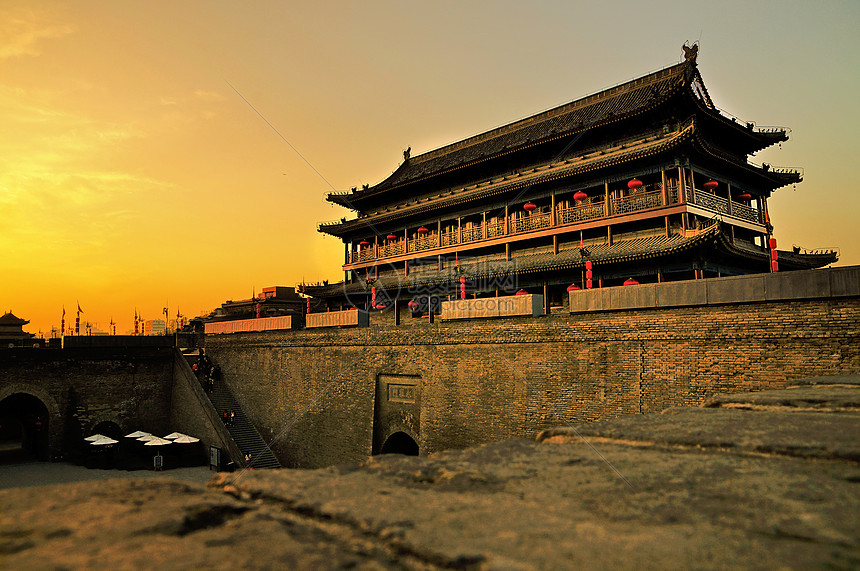
3. Giant Wild Goose Pagoda
The Giant Wild Goose Pagoda is a historic Buddhist pagoda situated in the southern part of Xi’an. Originally built in 652 during the Tang Dynasty, the pagoda was constructed to house Buddhist scriptures brought from India by the monk Xuanzang. Standing at a height of 64 meters (210 feet), the pagoda is a masterpiece of ancient Chinese architecture and provides insight into the spread of Buddhism in China.
Highlight:
- The North Square of the pagoda features the largest musical fountain in Asia.
- Inside, you can climb to the top for a panoramic view of the surrounding area.
How to Get There:
- Take bus no. 5, 21, or 22 to the Da Ci’en Temple, where the pagoda is located.
- The site is also accessible via subway Line 3, with a stop at Dayanta Station.
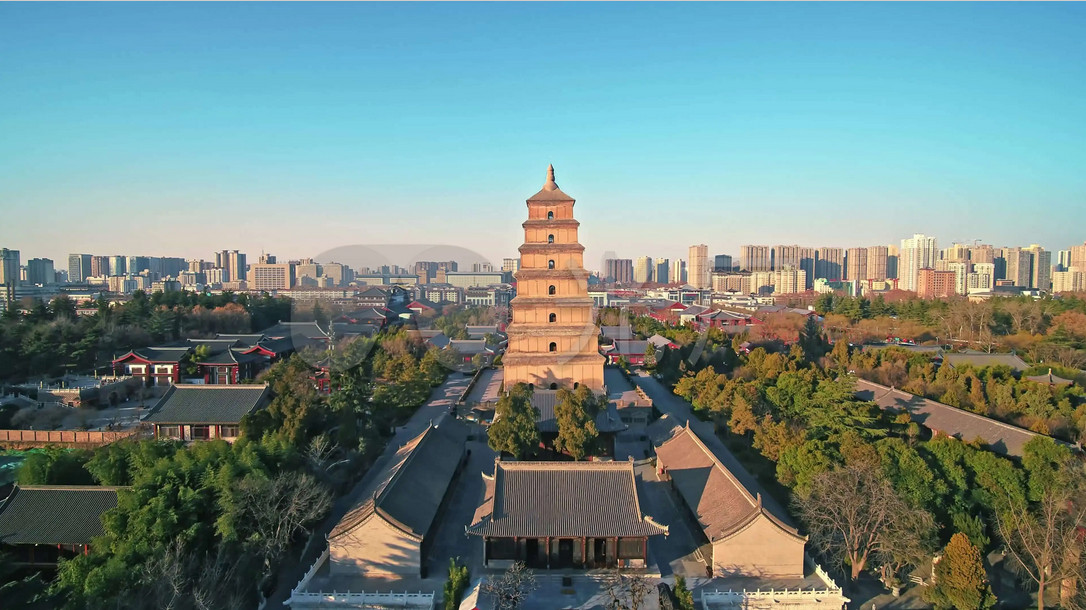
4. Shaanxi History Museum
The Shaanxi History Museum, often referred to as the “treasure house of ancient China,” offers a comprehensive overview of Shaanxi Province’s rich history. The museum’s vast collection spans from the prehistoric era to the Qing Dynasty, showcasing over 370,000 relics, including pottery, bronzes, coins, paintings, and ceramics. The museum’s architecture itself is designed in the style of Tang Dynasty buildings, adding to the historical ambiance.
Highlight:
- The Tang Dynasty murals are a standout feature, offering vivid depictions of court life.
- The exhibit on the Silk Road illuminates Xi’an’s importance as the starting point of this ancient trade route.
How to Get There:
- Located on Xiao Zhai East Road, the museum is easily accessible by buses 5, 19, 24, and 30.
- The closest subway station is Xiaozhai Station on Line 2.
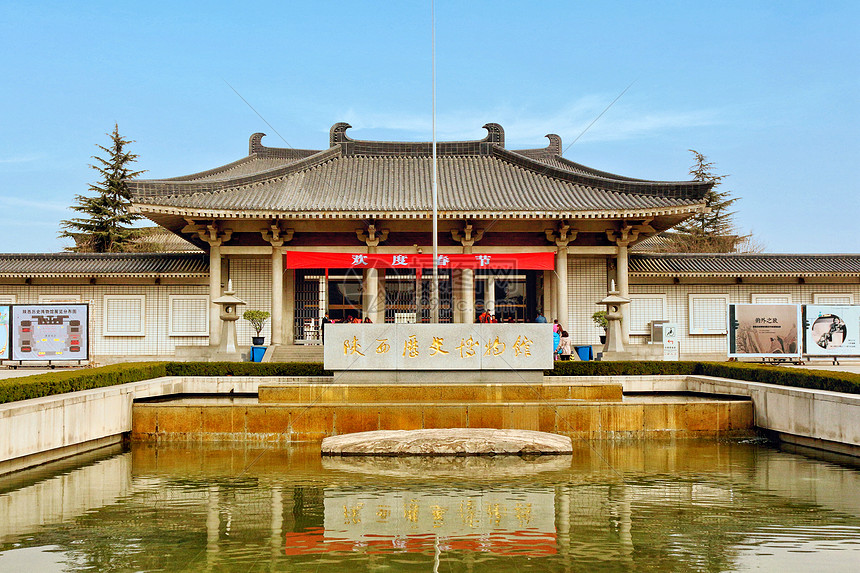
5. Muslim Quarter
The Muslim Quarter is a vibrant and bustling neighborhood that highlights Xi’an’s multicultural heritage. This area is famed for its narrow streets filled with vendors selling an array of local delicacies, such as lamb kebabs, roujiamo (Chinese hamburgers), and biangbiang noodles. The quarter is also home to the Great Mosque of Xi’an, one of the oldest and most renowned Islamic places of worship in China, blending traditional Chinese architecture with Islamic art.
Highlight:
- The sensory overload of sights, sounds, and smells as you navigate the lively streets.
- The Great Mosque combines serene courtyards and intricate designs, making it a unique cultural landmark.
How to Get There:
- The Muslim Quarter is located near the Drum Tower, accessible via subway Line 2 to Zhonglou Station.
- Several bus lines, including 4, 7, 32, and 201, stop nearby.
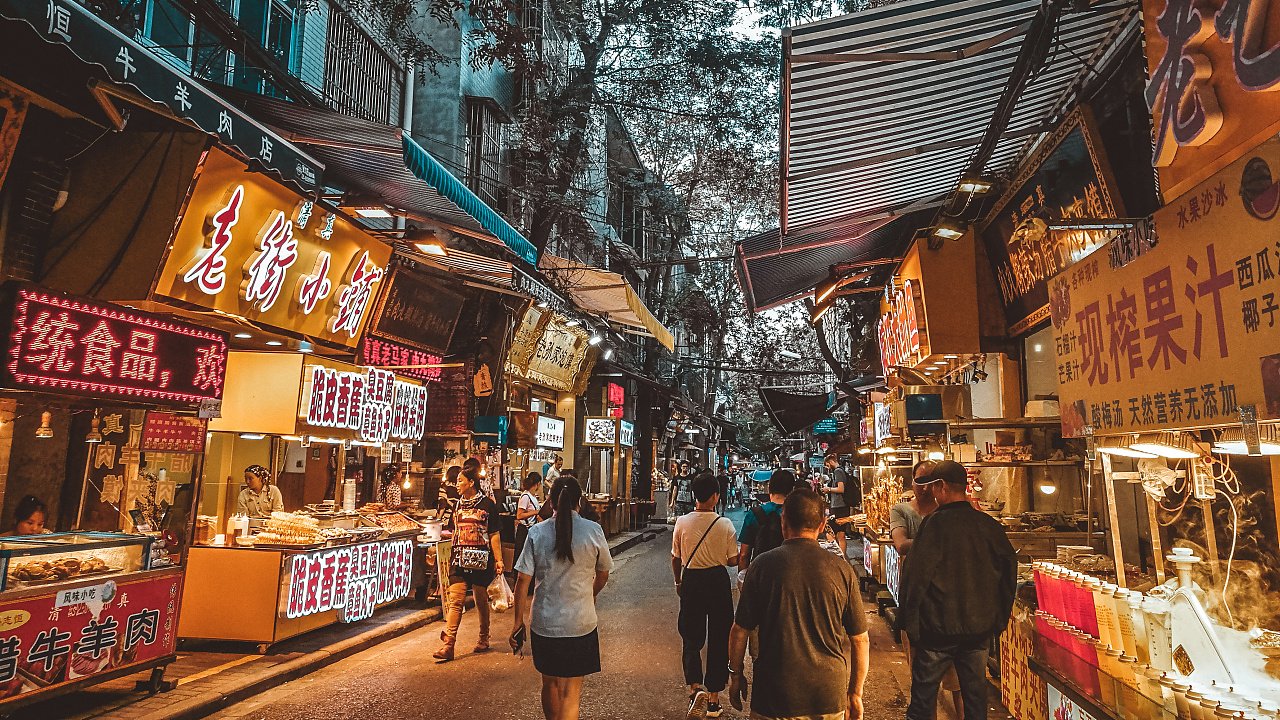
6. Mount Huashan
Mount Huashan, one of China’s Five Great Mountains, is renowned for its sheer cliffs and breathtaking landscapes. Known as the “most precipitous mountain under heaven,” it poses a challenge for hikers with its steep trails and narrow pathways. However, the stunning views and sense of achievement make the climb worthwhile. The mountain also holds religious significance, with several Taoist temples scattered throughout its peaks.
Highlight:
- The Plank Walk in the Sky, a thrilling and nerve-wracking experience for adventurers.
- Sunrise from the East Peak is a sight to behold, offering spectacular views of the surrounding valleys.
How to Get There:
- Mount Huashan is about 120 kilometers (75 miles) east of Xi’an.
- Take a high-speed train from Xi’an North Railway Station to Huashan North Station, then a shuttle bus to the scenic area.
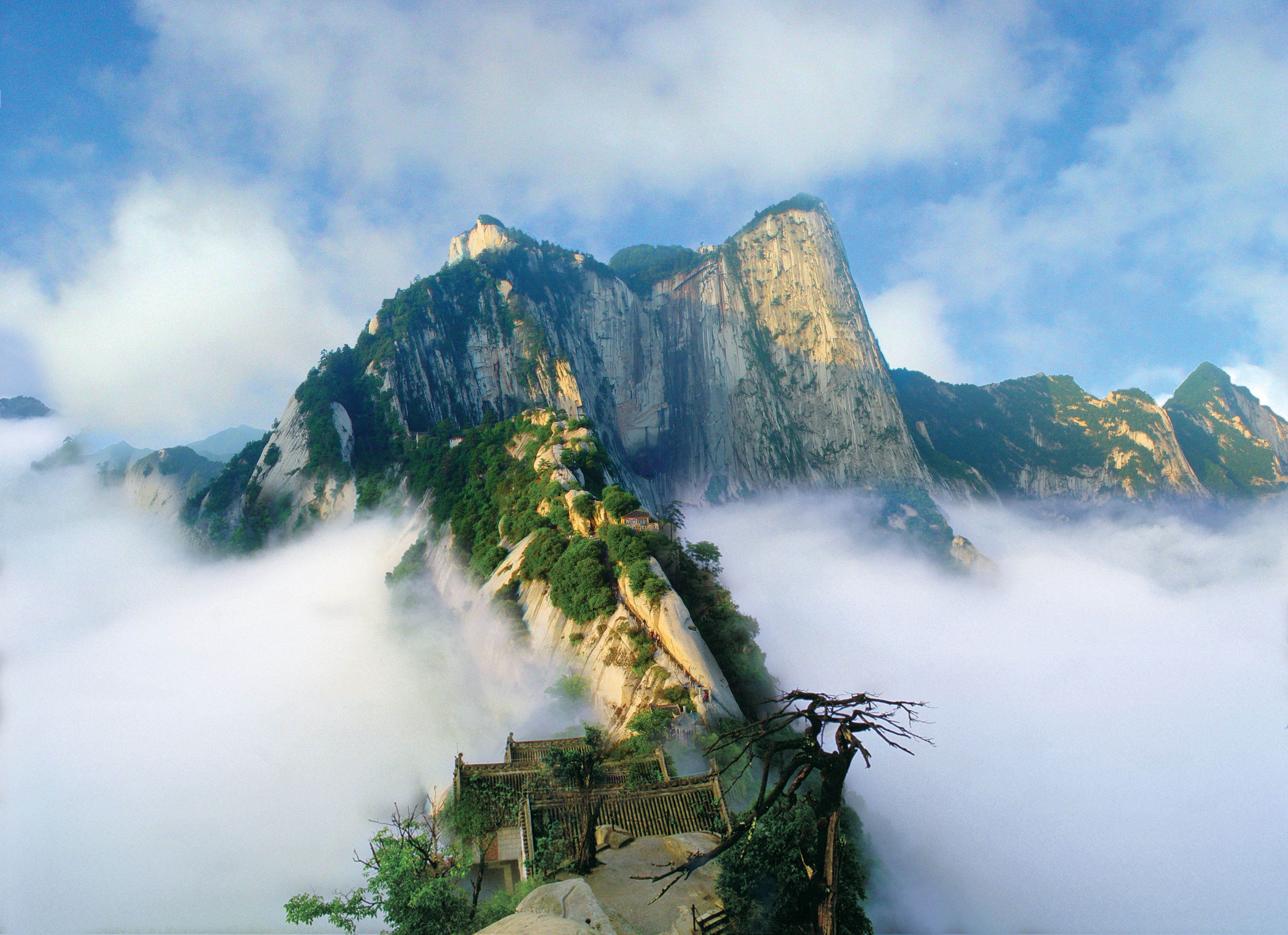
7. Huaqing Palace
Located at the base of Mount Li, Huaqing Palace is famous for its hot springs and historical significance. It has been a popular retreat for Chinese emperors and is also the site of the famous story of Emperor Xuanzong and his beloved concubine Yang Guifei.
Highlight:
The natural hot springs and the stunning palace architecture are the main draws. The scenery, especially during the fall, is breathtaking.
How to Get There:
Take Tourist Bus Line 5 (306) from Xi’an Railway Station, which takes about 50 minutes.
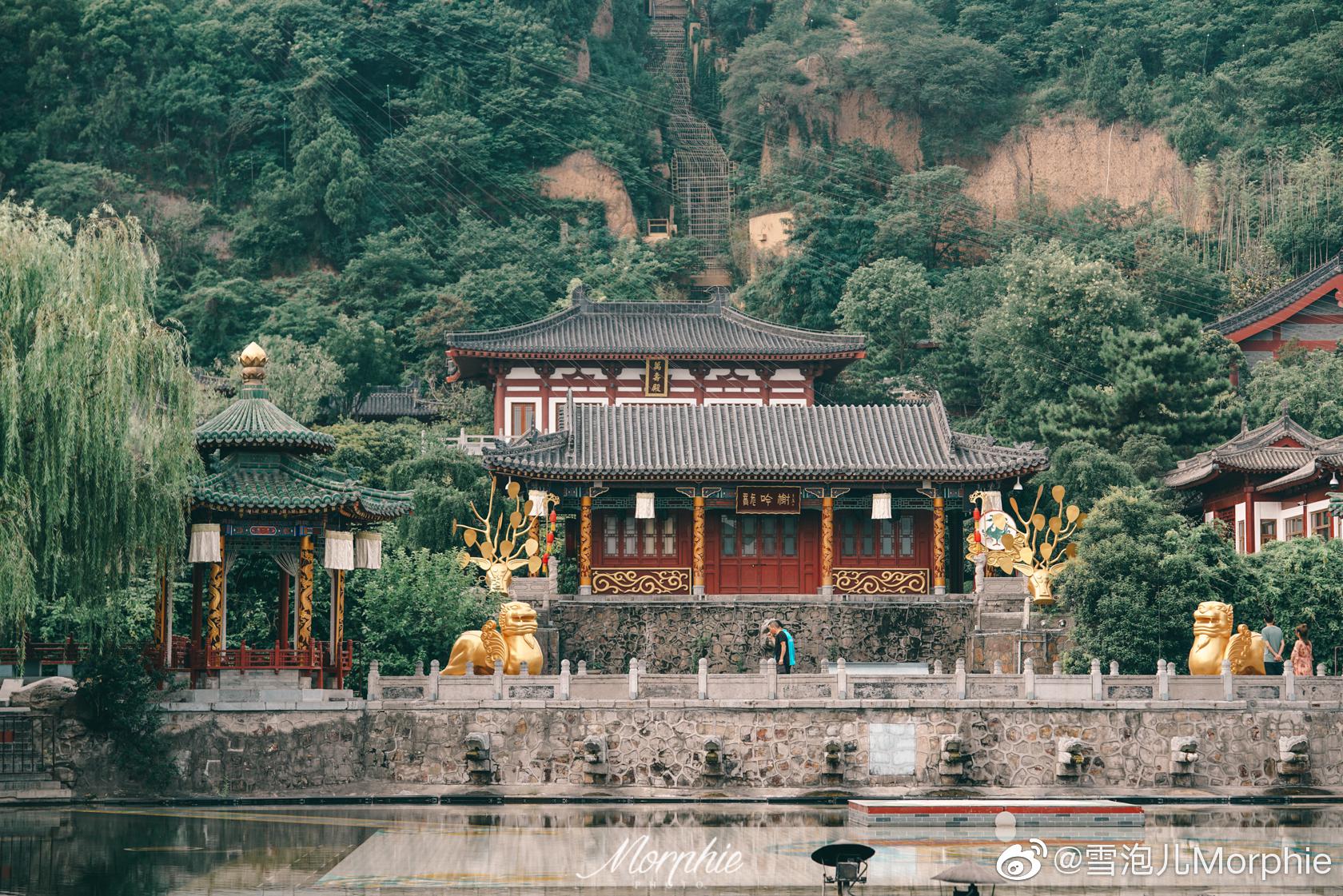
8. Bell Tower and Drum Tower
The Xi’an Bell Tower and Drum Tower are two historic and iconic structures located in the heart of Xi’an, a city with a rich cultural and historical heritage.
Highlight:
- Daily performances of traditional bell and drum music provide a cultural insight.
- The towers are beautifully illuminated at night, making for excellent photo opportunities.
How to Get There:
Centrally located, both towers are accessible via Zhong lou Station on subway Line 2.
Numerous buses, such as routes 4, 6, 11, and 12, also serve this area.
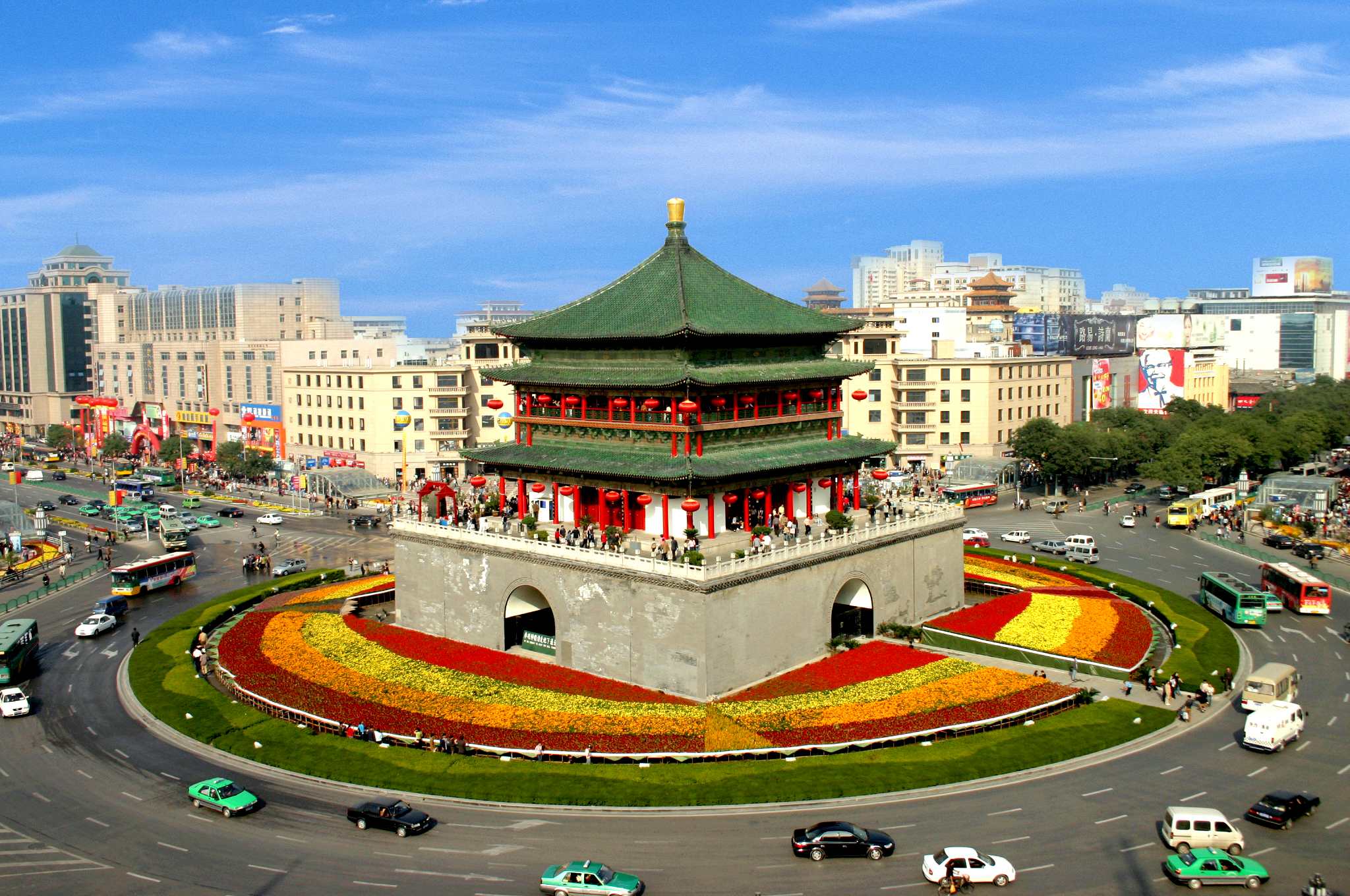
9. Hanyangling Mausoleum
The Hanyangling Mausoleum is the burial site of Emperor Jingdi of the Han Dynasty and his empress. Spanning 20 square kilometers (7.7 square miles), the site includes underground pits containing thousands of miniature terracotta figures representing soldiers, servants, and animals. Unlike the Terracotta Warriors, these figures are smaller and feature intricate details reflecting the everyday life of the Han Dynasty.
Highlight:
- The museum’s glass walkway offers a unique perspective, allowing visitors to view the archaeological site below.
- The serene garden and peaceful surroundings enhance the historical experience.
How to Get There:
- Located about 20 kilometers (12 miles) north of Xi’an, the site is accessible by bus no. 4 from the Xi’an Railway Station.
- Alternatively, you can take a taxi for a more direct and comfortable journey.
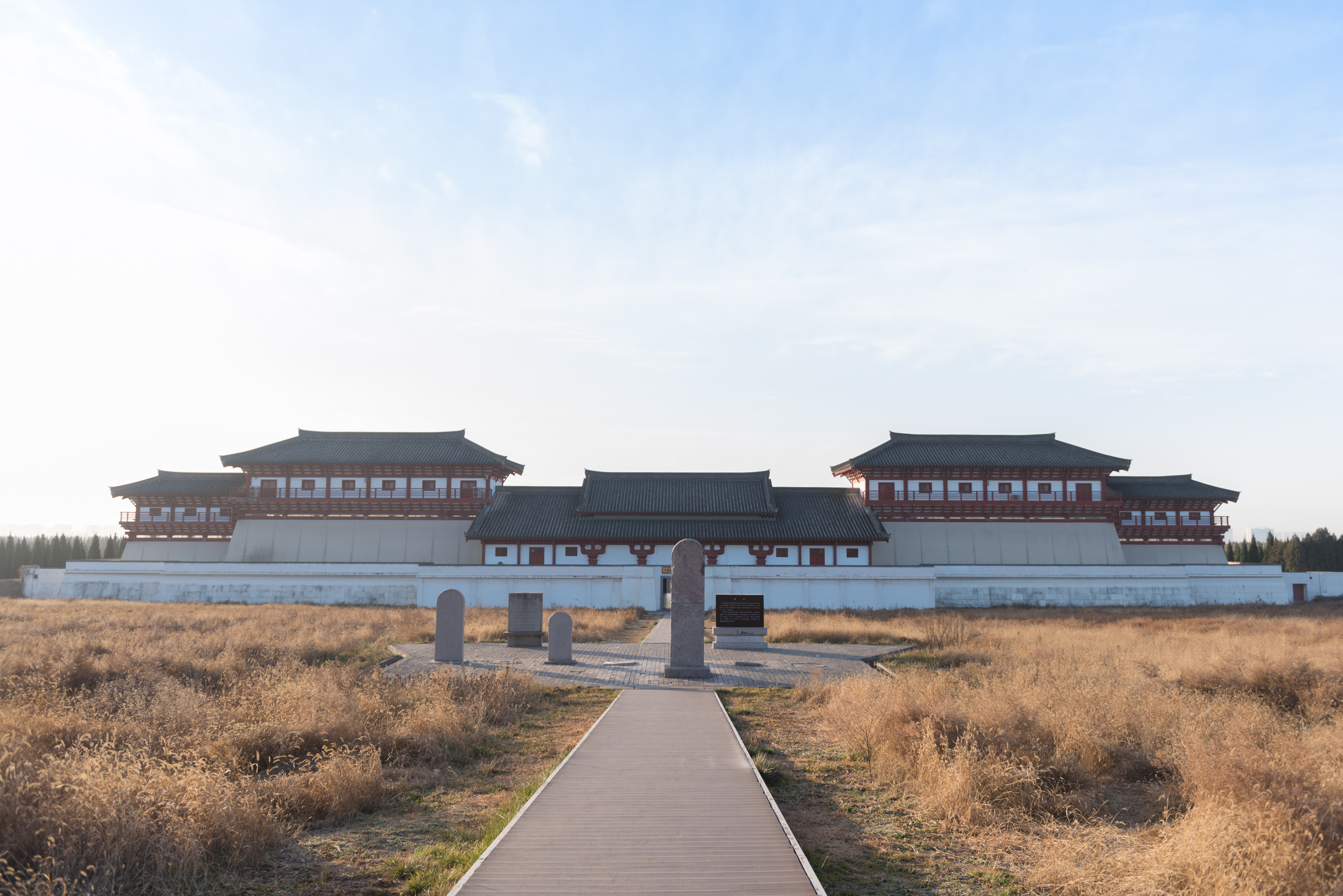
10. Datang Everbright City
Datang Everbright City is a modern cultural and commercial area designed to reflect the grandeur of the Tang Dynasty. This lively area features shopping, dining, and entertainment, all set against a backdrop of Tang-style architecture. The highlight is the nightly light and sound show, which brings the history and legends of the Tang Dynasty to life through spectacular performances and projections.
Highlight:
- The light and sound show is a must-see, offering a vibrant, immersive experience.
- The area is also home to various statues and installations that celebrate Tang culture.
How to Get There:
- Located on Yanta North Road, you can reach Datang Everbright City by taking subway Line 3 to Dayanta Station.
- Numerous bus routes, such as 5, 27, and 41, provide access to the area.
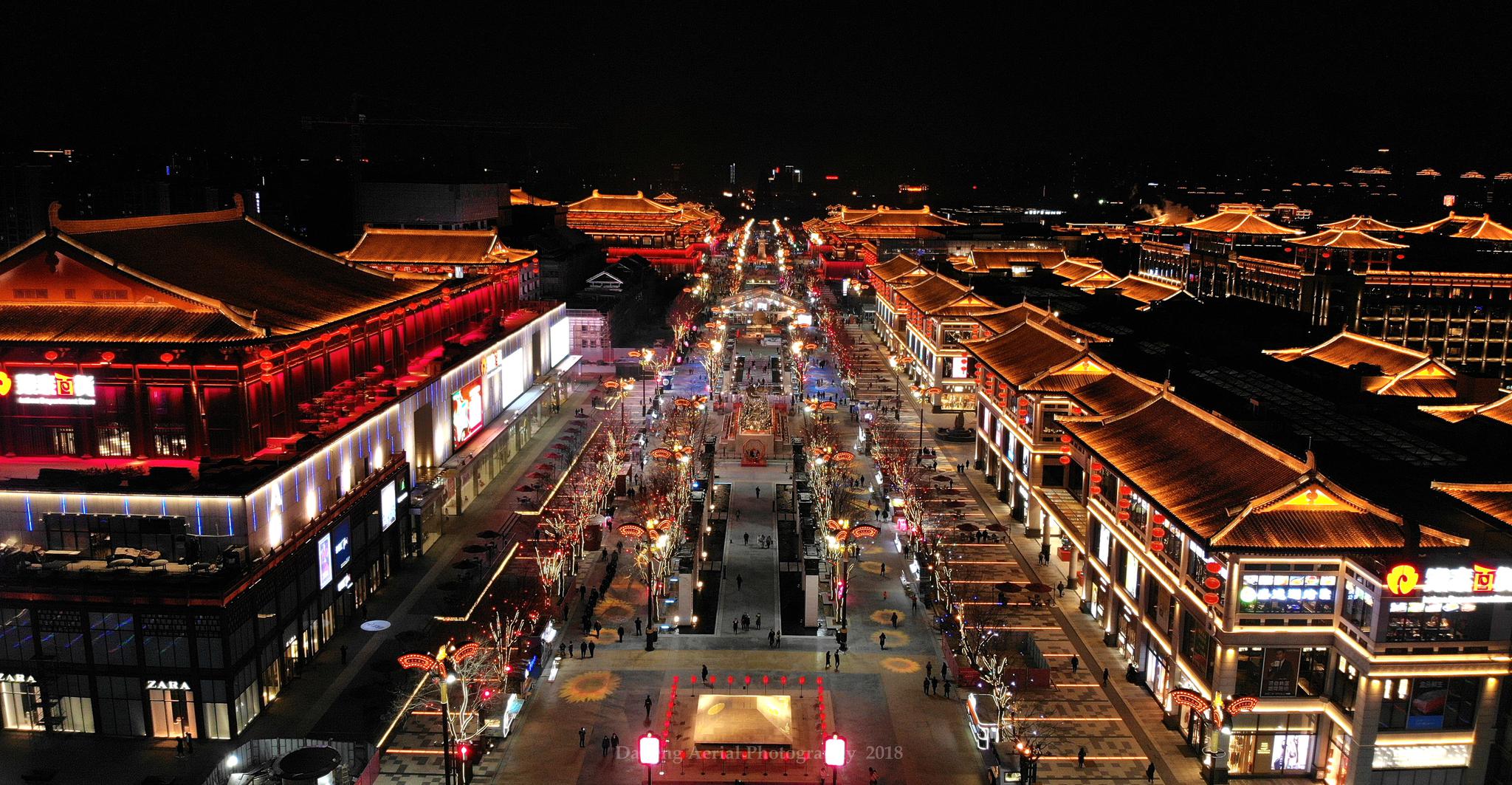
These attractions offer a blend of historical, cultural, and natural experiences, making Xi’an a fascinating destination for any traveler. With convenient transportation options, reaching these top sites is straightforward, ensuring a fulfilling visit to this ancient city.
Hi, this is a comment.
To get started with moderating, editing, and deleting comments, please visit the Comments screen in the dashboard.
Commenter avatars come from Gravatar.